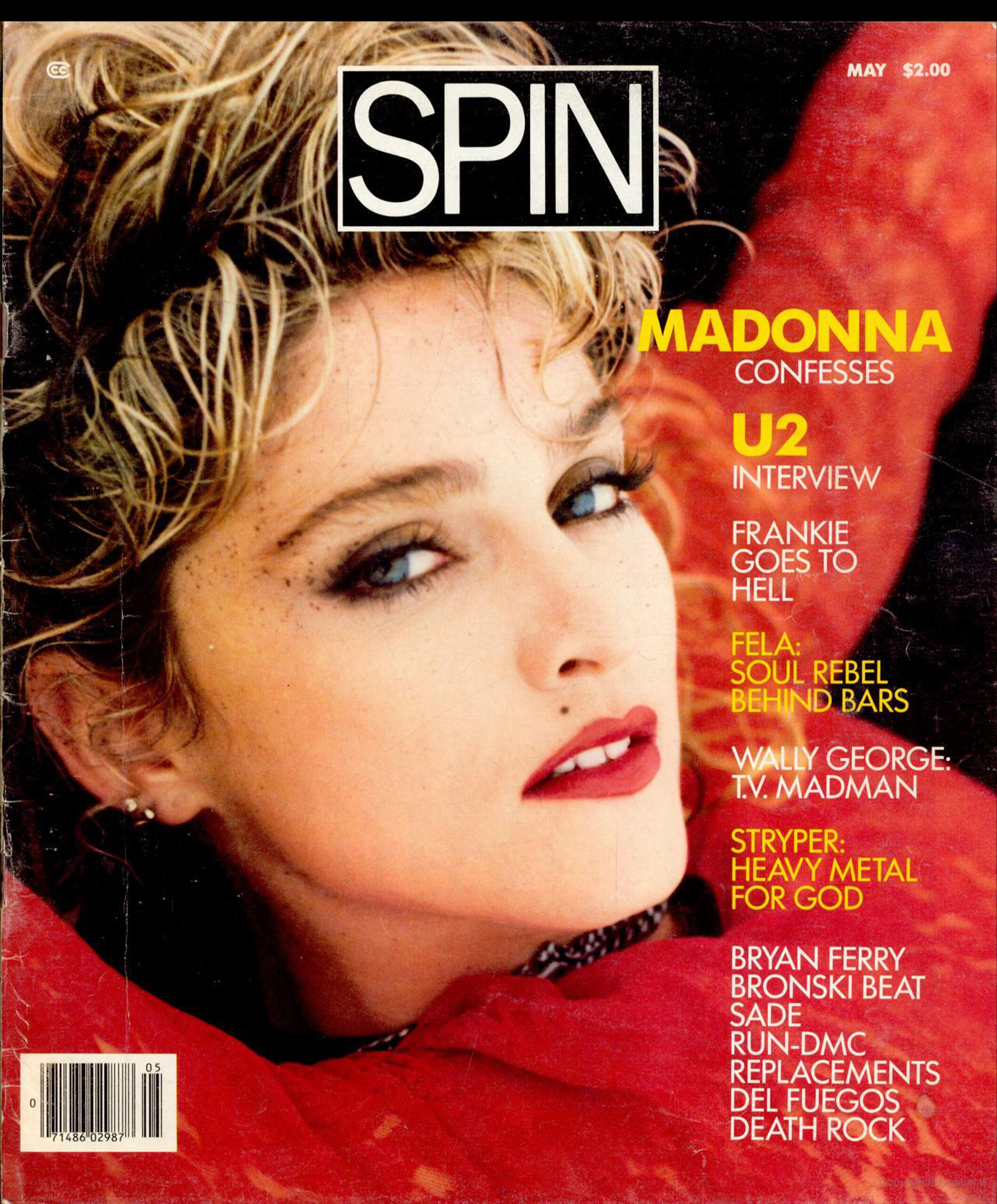[ad_1]

The music of the 1980s reflected the era’s sweeping cultural shifts and technological advancements, producing a diverse array of sounds and styles that continue to influence contemporary music. Perhaps the most significant development was the 1981 launch of MTV, which revolutionized the industry by making music videos a crucial aspect of an artist’s promotional strategy.
Superstars such as Michael Jackson, Madonna and Prince mastered the art form, creating visually stunning clips that elevated their worldwide presence to previously unattainable levels. Jackson’s “Thriller” (1982) is perhaps the most iconic example, thanks to a blend of music, high-concept storytelling, costume design and choreography that had never been seen before.
More from Spin:
- ‘Decades Of Sound’: Grunge, EDM, Teen Pop Power The 1990s
- ‘Decades Of Sound’: The Beat Rolls On In The 2000s
- Bose X SPIN Team Again For ‘Decades Of Sound’
Jackson dominated the charts with a series of groundbreaking albums such as Thriller and Bad (1987), while Madonna became a cultural icon thanks to her provocative image and hit songs such as “Like a Virgin” (1984) and “Like a Prayer” (1989). Whitney Houston’s powerful, church-trained voice and emotive performances made smashes out of “How Will I Know,” “Greatest Love of All” and “I Wanna Dance With Somebody (Who Loves Me),” while Jackson’s younger sister Janet became a superstar in her own right after her 1986 album Control yielded five top 10 hits.
Hip-hop, which began in the Bronx the late 1970s, exploded into mainstream consciousness in the 1980s. Artists such as Run-D.M.C., Public Enemy, the Beastie Boys and LL Cool J made hip-hop a household name far beyond the urban landscapes from which it was inspired, providing a crucial new means of expression for African-American artists increasingly marginalized by the mainstream. Run-D.M.C.’s 1986 collaboration with Aerosmith on “Walk This Way” broke down barriers between rock and rap (its beloved music video shows the two groups literally knocking through a wall between them), while Public Enemy’s It Takes a Nation of Millions To Hold Us Back (1988) delivered powerful messages about race and politics.
The 1980s also saw the rise of new wave and synth-pop, genres characterized by their use of synthesizers and sleek, futuristic electronic sounds and best heard in the work of Depeche Mode, Duran Duran and Pet Shop Boys. Led by the charismatic former teacher Sting, the Police pureed new wave, reggae and punk into an ear-pleasing concoction that helped them become the biggest band in the world by 1984. In their wake, Dublin quartet U2 emerged as their heir apparent, with their socially conscious 1987 album The Joshua Tree becoming one of the most celebrated of the decade.
Rock subgenres also thrived, with hair metal bands such as Mötley Crüe (Shout at the Devil, 1983), Poison and Bon Jovi (Slippery When Wet, 1986) combining hook-laden hard rock with flamboyant fashion and stage performances. The peak of this era arguably came with Van Halen’s 1984, which married singer David Lee Roth’s irresistible melodies with guitarist Eddie Van Halen’s jaw-dropping six-string virtuosity.
Meanwhile, alternative rock bands such as the Smiths, R.E.M. and the Cure gained a devoted following by turning the subject matter inward and offering a melodic sound tinged with new possibilities.
Much of this was made possible by significant technological advancements in music production, with the introduction of digital recording, drum machines and synthesizers allowing hobbyists to mirror the work their heroes were making in expensive recording studios. The advent of the compact disc (CD) in 1982 also upended the way music was consumed, offering higher sound quality and durability compared to vinyl records and cassette tapes.
To see our running list of the top 100 greatest rock stars of all time, click here.
[ad_2]
Source link